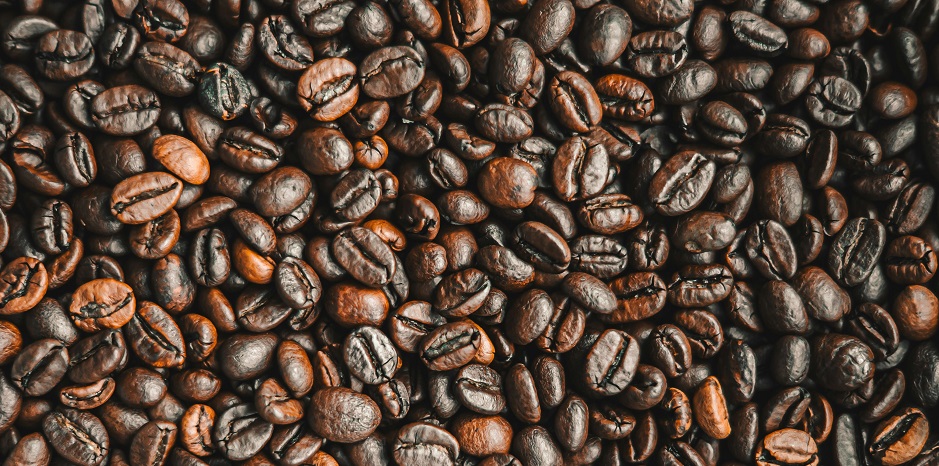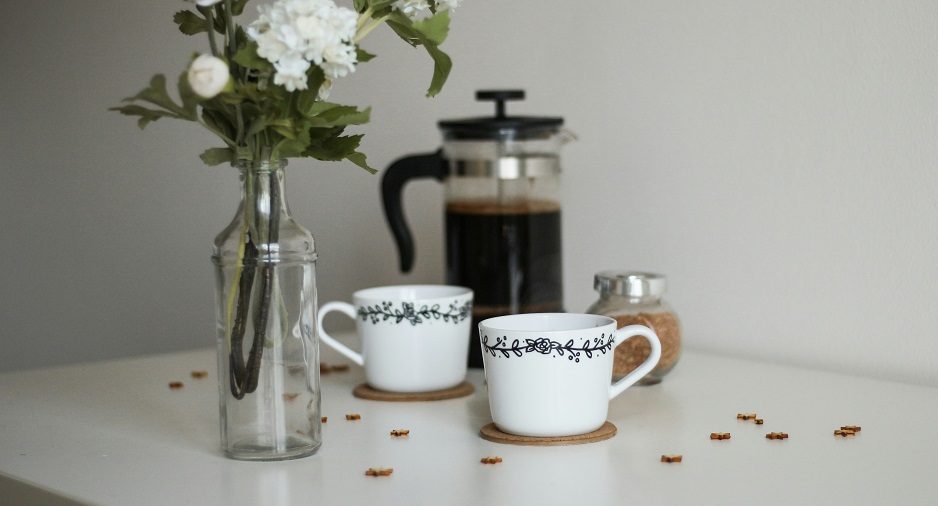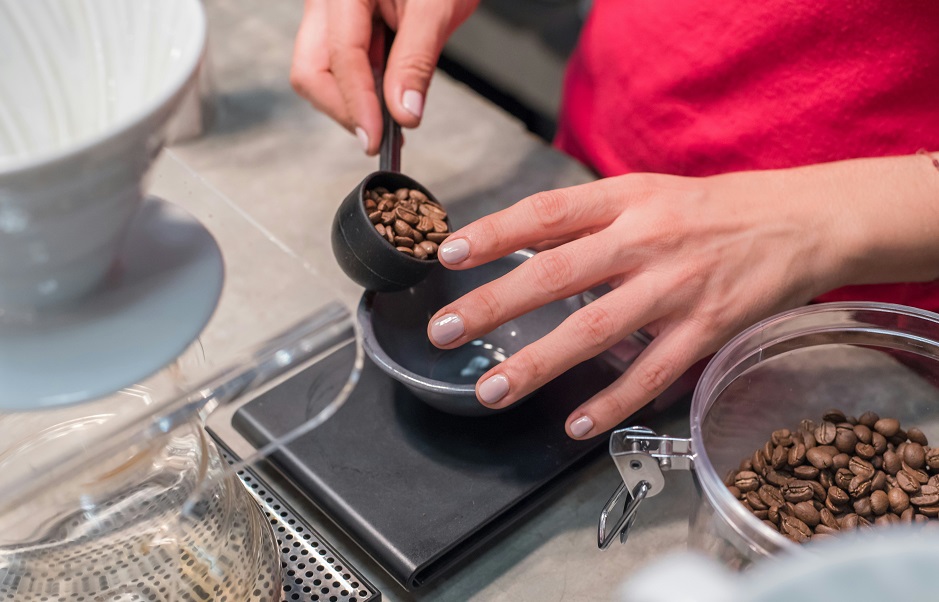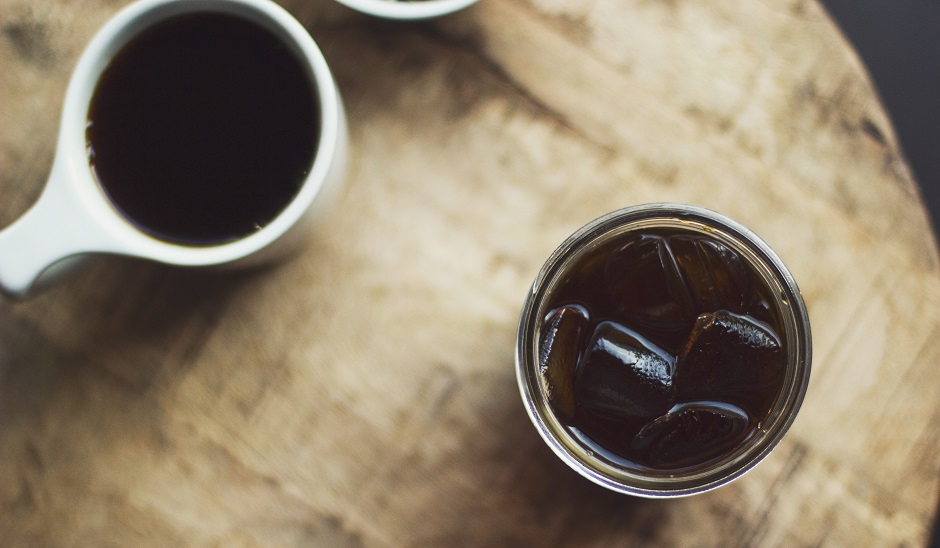A cafetière, also known as a French press, is a classic brewing method that can produce an exceptional cup of coffee with rich flavours and aromas. Whether you are a coffee connoisseur or a casual drinker, mastering the French press technique can elevate your coffee experience. In this comprehensive guide, we'll explore how to create the best coffee using a cafetière, covering everything from choosing the right coffee beans to perfecting the brewing process.
Why Choose a Cafetière?
The French press is renowned for its simplicity and ability to deliver a full-bodied coffee. Unlike drip coffee makers or espresso machines, the French press allows coffee grounds to steep directly in hot water, extracting a greater range of flavours and oils. This results in a robust and aromatic cup of coffee that highlights the nuances of the coffee beans.
Advantages of Using a Cafetière
- Rich Flavour: The immersion brewing method extracts a full spectrum of flavours, producing a rich and complex coffee.
- Control: You have full control over the brewing time, water temperature, and grind size, allowing for a personalised coffee experience.
- Simplicity: The French press is straightforward and easy to use, requiring no advanced equipment or techniques.
- Versatility: It can be used for brewing both hot and cold coffee, as well as other beverages like tea.
 Selecting the Right Coffee Beans
Selecting the Right Coffee Beans
The foundation of a great cup of coffee starts with selecting high-quality coffee beans. Here are some tips to guide your selection:
Freshness
Always choose freshly roasted coffee beans. Coffee beans begin to lose their flavour shortly after roasting, so it’s best to use them within a few weeks of the roast date. Check the roast date on the packaging and opt for beans that have been roasted within the past month.
Roast Level
The French press works well with a variety of roast levels, but medium to dark roasts tend to be favoured for their bold and rich flavours. Medium roasts offer a balanced flavour profile with a mix of acidity and body, while dark roasts provide a more intense and full-bodied experience.
Grind Size
Grind size is crucial for the French press. The ideal grind is coarse and even, resembling breadcrumbs. A coarse grind ensures that the coffee grounds don’t pass through the mesh filter and into your cup, while also preventing over-extraction, which can make the coffee bitter.
Origin
Consider experimenting with single-origin beans, which come from a specific region or farm. Each origin has distinct characteristics and flavour profiles, allowing you to explore a wide range of tastes.

The Brewing Process
Step 1: Gather Your Equipment
To brew the best coffee with a cafetière, you'll need:
- A French press (cafetière)
- Freshly roasted coffee beans
- A burr grinder (for grinding the beans)
- A kettle (preferably with temperature control)
- A scale (optional, but recommended for precision)
- A timer
Step 2: Measure Your Coffee and Water
The coffee-to-water ratio is a key factor in determining the strength and flavour of your coffee. A general guideline is to use a ratio of 1:15, which means 1 gram of coffee for every 15 grams of water. For a standard 4-cup French press, you might use:
- 60 grams of coffee
- 900 grams (or millilitres) of water
If you don’t have a scale, this equates to roughly 4 tablespoons of coffee for every 1 cup of water.
Step 3: Heat the Water
Heat the water to just below boiling point, around 92-96°C (197-205°F). Using water that is too hot can scald the coffee, leading to a bitter taste, while water that is too cool can result in under-extraction, producing a weak and flavourless brew.
Step 4: Grind the Coffee
Grind your coffee beans to a coarse consistency. Using a burr grinder ensures a uniform grind, which is essential for even extraction. Avoid using a blade grinder, as it produces uneven particles that can lead to over- or under-extraction.
Step 5: Preheat the French Press
Preheating the French press helps maintain the brewing temperature. Pour hot water into the French press, swirl it around, and discard the water before adding the coffee grounds.
Step 6: Add Coffee Grounds and Bloom
Add the ground coffee to the preheated French press. Pour a small amount of hot water over the grounds, just enough to saturate them. Let the coffee bloom for about 30 seconds. Blooming releases carbon dioxide from the coffee grounds, enhancing the extraction process.
Step 7: Add Remaining Water and Stir
After blooming, pour the remaining hot water into the French press. Use a gentle and steady pour to ensure all the grounds are evenly saturated. Stir the coffee gently with a wooden or plastic spoon to break the crust that forms on top and to ensure even extraction.
Step 8: Steep
Place the lid on the French press with the plunger pulled all the way up. Let the coffee steep for 4 minutes. This steeping time can be adjusted based on your taste preferences. A longer steeping time results in a stronger coffee, while a shorter time produces a milder brew.
Step 9: Plunge and Pour
After the steeping time has elapsed, slowly and steadily press the plunger down. Apply consistent pressure to avoid agitating the grounds and to prevent any coffee from escaping past the filter. Once the plunger reaches the bottom, immediately pour the coffee into your cup or a serving carafe to prevent over-extraction.
Enhancing Your Coffee Experience
Experiment with Brew Times and Ratios
Everyone’s taste preferences are different, so don’t be afraid to experiment with different brew times and coffee-to-water ratios. Adjusting these variables allows you to fine-tune the flavour and strength of your coffee to match your personal preference.
Try Different Beans
Exploring different types of coffee beans can open up a world of flavours. Try beans from different regions and with various roast levels to find the ones you enjoy the most. Each type of bean has unique characteristics that can dramatically change the taste of your coffee.
Use Filtered Water
The quality of water used in brewing can significantly impact the taste of your coffee. Using filtered water can enhance the flavours by removing impurities that might alter the taste.
Maintain Your Equipment
Regular cleaning and maintenance of your French press are essential for consistently great coffee. After each use, disassemble the French press and wash all components with warm, soapy water. This prevents any residual oils or coffee grounds from affecting the taste of future brews.
Common Mistakes and Fixes
Mistake 1: Using the Wrong Grind Size
Issue: Using a grind that is too fine can result in a muddy, over-extracted coffee, while a grind that is too coarse can lead to a weak, under-extracted brew.
Fix: Ensure you are using a coarse, even grind that resembles breadcrumbs. If you’re not sure, use a burr grinder and adjust it to the coarse setting.
Mistake 2: Incorrect Water Temperature
Issue: Water that is too hot can scorch the coffee, making it bitter, while water that is too cool can under-extract, resulting in weak coffee.
Fix: Heat the water to just below boiling, around 92-96°C (197-205°F). Use a thermometer or a kettle with temperature control for accuracy.
Mistake 3: Inconsistent Brewing Time
Issue: Not timing the steeping process correctly can result in over-extracted or under-extracted coffee.
Fix: Use a timer to ensure the coffee steeps for the recommended 4 minutes. Adjust the time slightly based on your taste preferences.
Mistake 4: Not Blooming the Coffee
Issue: Skipping the blooming process can lead to uneven extraction and a flat-tasting coffee.
Fix: Always bloom your coffee by pouring a small amount of hot water over the grounds and letting it sit for 30 seconds before adding the remaining water.
Mistake 5: Plunging Too Quickly or Slowly
Issue: Plunging too quickly can agitate the grounds and cause sediment to pass through the filter, while plunging too slowly can lead to over-extraction.
Fix: Press the plunger down slowly and steadily, taking about 20-30 seconds to complete the process.
FAQs: Answering Common Questions
How Do I Avoid Sediment in My Cup?
Answer: Sediment is a common issue with French press brewing. To minimise it, use a coarse, even grind and press the plunger down slowly and steadily. Additionally, after plunging, let the coffee sit for a minute to allow the remaining sediment to settle before pouring.
What Should I Do If My Coffee Tastes Bitter?
Answer: Bitter coffee is often a result of over-extraction. Ensure you’re not using water that is too hot, and avoid steeping the coffee for too long. Check your grind size to make sure it’s coarse enough.
What If My Coffee Tastes Weak?
Answer: Weak coffee is usually due to under-extraction. Try increasing the steeping time slightly or using a finer grind (but still coarse). Make sure you’re using the correct coffee-to-water ratio, typically 1:15.
Can I Make Cold Brew with a French Press?
Answer: Yes, the French press is excellent for making cold brew coffee. Simply use a coarse grind and mix the coffee grounds with cold water. Let it steep in the refrigerator for 12-24 hours, then press and pour as usual.
How Do I Clean My French Press?
Answer: After each use, disassemble the French press and wash all components with warm, soapy water. Rinse thoroughly and let it air dry. Periodically, deep clean by soaking the components in a solution of baking soda and water.
What Type of Coffee Beans Are Best for French Press?
Answer: Medium to dark roasts are generally preferred for French press brewing due to their rich and robust flavours. However, feel free to experiment with different beans to find your favourite.
Conclusion
The French press is a versatile and straightforward method for brewing delicious coffee. By paying attention to details such as the quality of the coffee beans, grind size, water temperature, and brewing time, you can create a cup of coffee that is rich, flavourful, and perfectly tailored to your preferences. With a little practice and experimentation, you’ll master the art of the French press and enjoy a consistently excellent coffee experience.





